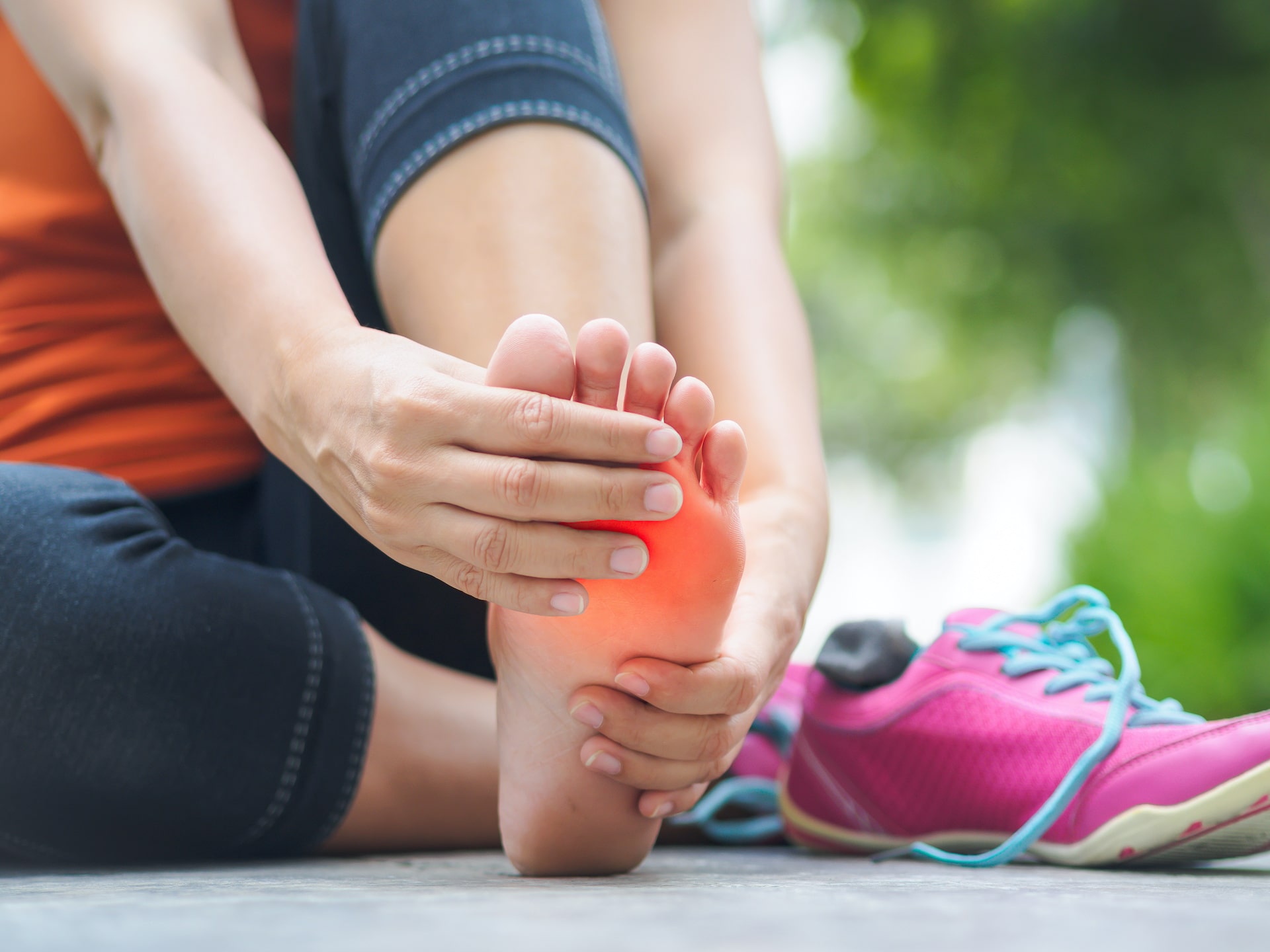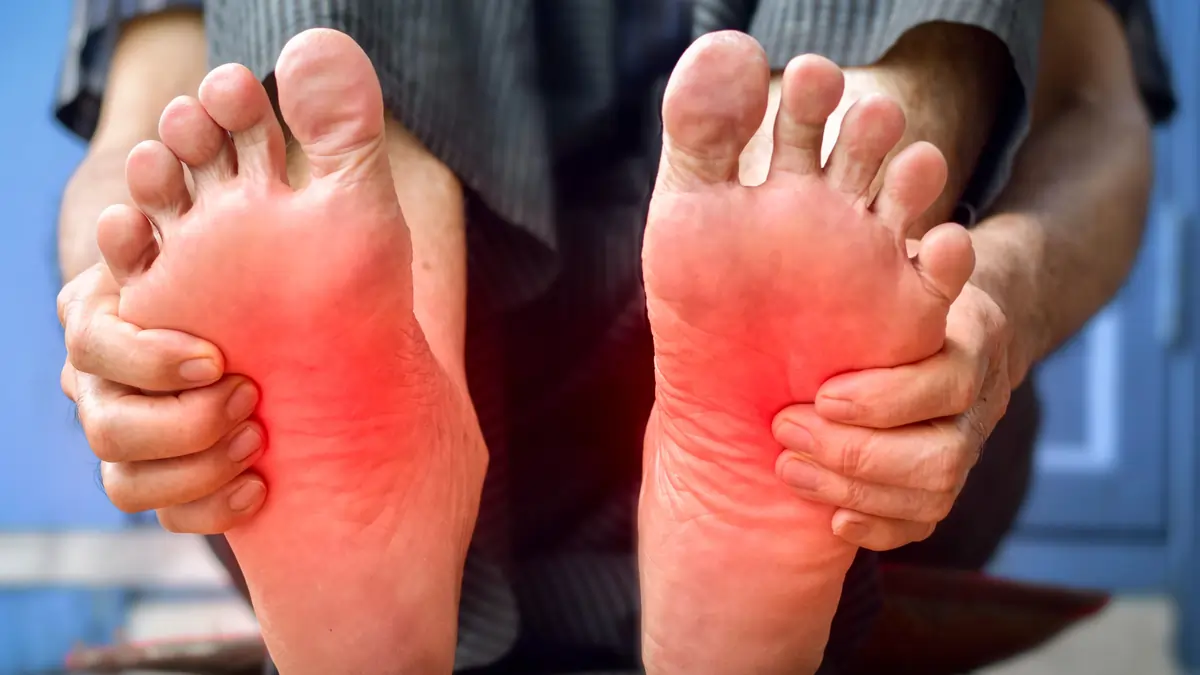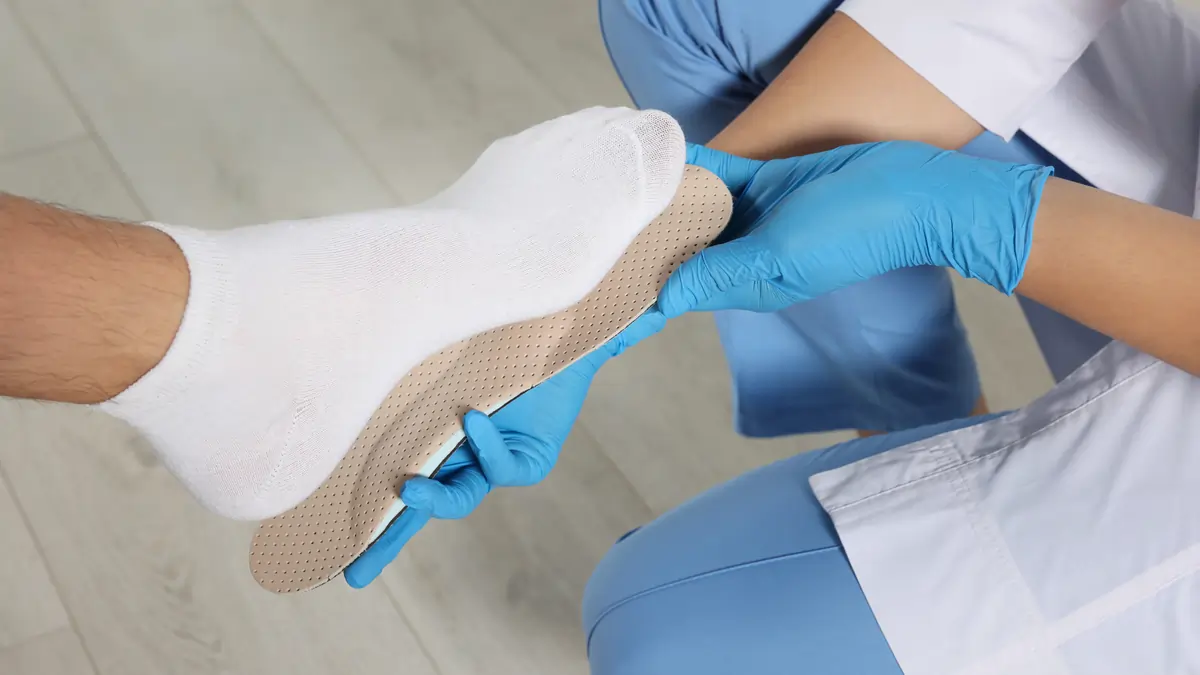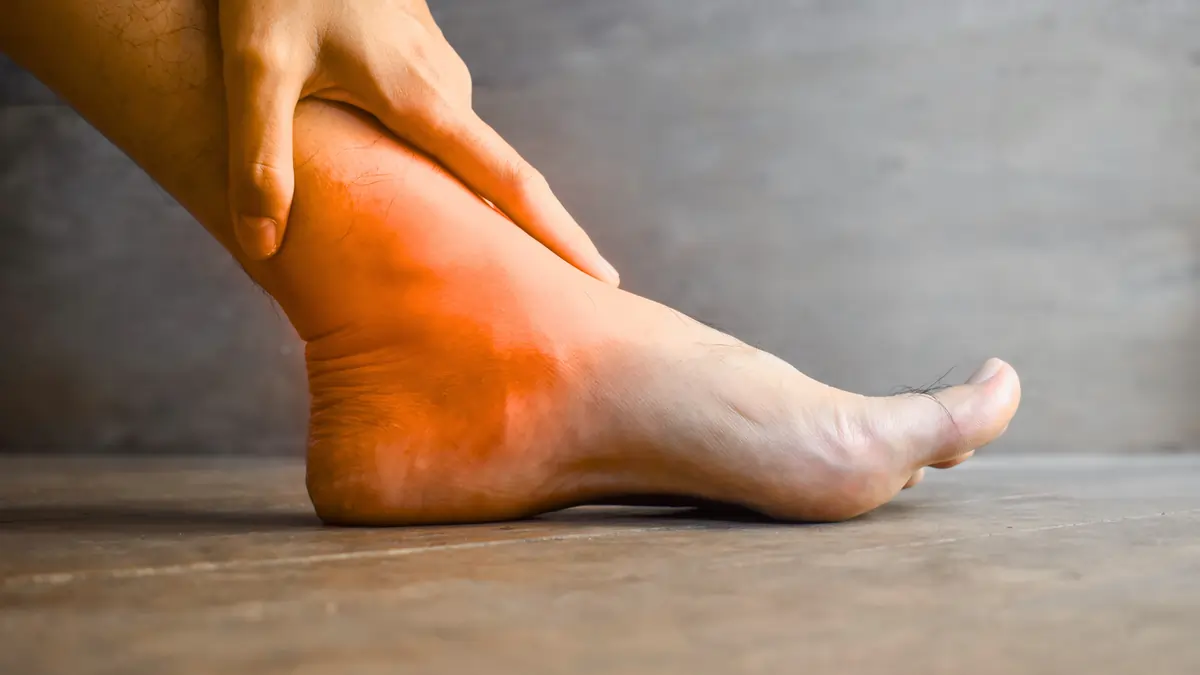
Sesamoiditis – pain in the ball of the foot, is a condition where two small accessory bones in the ball of the foot become inflamed or irritated due to increased pressure. It typically causes pain at the base of the big toe. It is usually caused by overuse and therefore most common among athletes and dancers.
A Little Bit About Sesamoid Bones
While most bones in your body are connected to other bones, sesamoid bones are different because they are only connected to tendons. Sesamoid bones exist in the feet, hands, and knees, but “sesamoiditis” always refers to the bones in the feet. These bones bear the stress of shock absorption from walking. Typically, the sesamoid closer to the middle of the foot (medial sesamoid) bears more of this stress and is most often affected, but the tibial sesamoid can be affected too.
What Does Sesamoiditis Feel Like?
Sesamoiditis – pain in the ball of the foot is often described as a dull, ongoing pain beneath the big toe joint, but can also feel like a sharp throbbing pain. Pain is caused by inflammation of the sesamoid bones and the surrounding soft tissue structures. It is exacerbated by weight-bearing activities (walking, running, jumping) and footwear that places weight on the ball of the foot (high heels).
Sesamoiditis Diagnosis
Many conditions, including turf toe, arthritis, gout, neuroma and capsulitis can mimic sesamoiditis. To rule out these conditions, your podiatrist will gently check for tenderness in the ball of the foot and move your big toe in different directions to test your mobility. Imaging tests like X-rays, bone scans, CT scans and MRIs may also be requested to help the doctor see what’s going on inside your foot. Getting the correct diagnosis is important and self-diagnosis is not recommended. You may end up applying the wrong home treatments to the actual problem and make matters worse. See a podiatrist to get an accurate diagnosis.
What Happens if Sesamoiditis Is Left Untreated?
Left untreated, sesamoid disorders usually continue to cause pain. Big toe motion and strength may decrease. A lesion can develop beneath the ball of your foot that makes walking difficult. Arthritis may eventually develop and you can lose cartilage in your big toe’s joint. If you are experiencing sesamoiditis – pain in the ball of the foot symptoms, visit a podiatrist to keep it from worsening.
What Aggravates Sesamoiditis?
Activities, especially high-impact exercise directly over the ball of the foot as well as poor-fitting shoes tend to make pain worse. Continual abuse will also prolong healing time. Allowing mild cases to progress could result in chronic injuries. Even walking can aggravate the condition, so shoe choice is important. Choose shoes with proper support, a wide toe box, padded insoles, and low or no heels. A podiatrist may also suggest custom orthotics (shoe inserts made to perfectly fit your foot).
What Eases Sesamoiditis – Pain in the Ball of the Foot Symptoms?
- Reduce Activity – Stop or greatly reduce the activities causing pain. Give your feet a break.
- Medication – Over-the-counter pain relievers and anti-inflammatory medications may bring relief.
- Ice – Ice your foot to reduce inflammation. Apply an ice pack for ten minutes at a time.
- Stretch/Massage – Lack of movement may make the muscles around the sesamoid bones stiffen. Gentle stretching and strengthening exercises may ease pain. Gentle massage around the sesamoid bones can help to improve blood circulation, but avoid massaging directly over the bones.
- Footwear – Wearing the right shoes can help speed the healing process. If your case is mild, over-the-counter shoe inserts may give you the support you need. If it is more severe, you may need to have custom orthotics made. Also, wear supportive shoes. Hedge when returning to the activity that caused your sesamoiditis (pain in the ball of the foot) to flare up.
- Moderation – Ease back into your activities to avoid re-injuring your foot/feet.
Listen to Your Feet
Sesamoiditis is one of those conditions that can sneak up on you. You may notice a slight ache one day and the next day throbbing pain. Don’t ignore your body’s signals. Your feet are the things that get you to all of the places you need to go. Pay attention to pain signals, and give your feet a rest after working them hard. If you notice a problem, see a podiatrist right away so pain doesn’t literally knock you off your feet.



